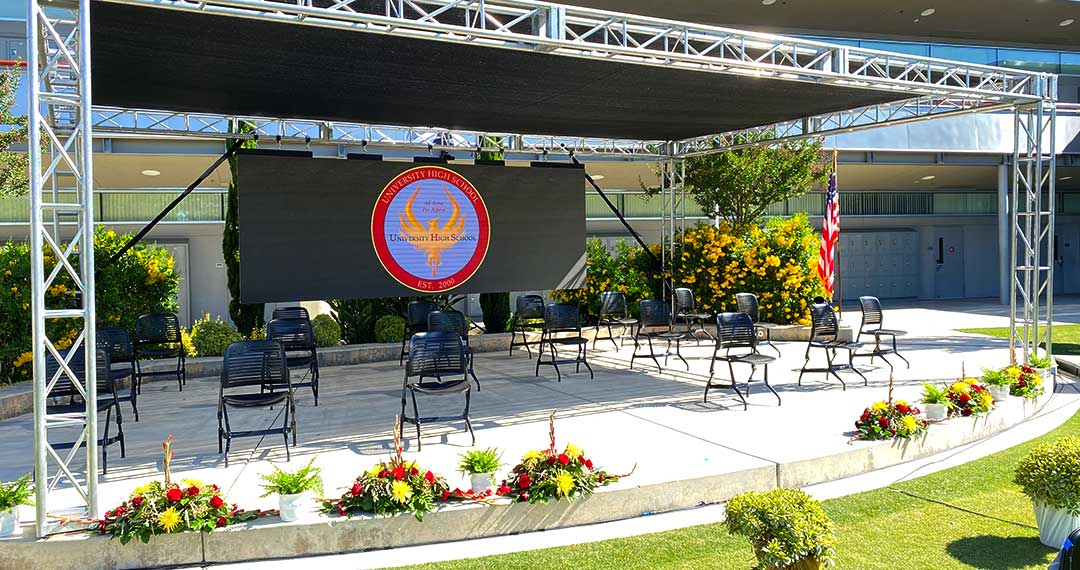Enhancing Aesthetic Impact Through Tactical Content Timing in LED Display Execution
Wiki Article
Enhancing aesthetic effect throughout LED wall performances requires careful planning plus tactical visual timing. Light-emitting diode screens represent potent instruments for visual narration, frequently utilized during musical events, events, plus presentations. The effectiveness of these displays depends not only on the quality of the visuals but also on how and timing they are shown. By comprehending the viewers' focus duration plus the rhythm of the event, event planners can craft a more captivating encounter that enthralls spectators and enhances the total show.
One crucial element of tactical content scheduling is timing. It is essential to synchronize the images to the beat and tempo of the show. For example, in the course of a music show, images should enhance the rhythm and atmosphere of the melody. This alignment helps to create a cohesive encounter that pulls the viewers in. Additionally, it is important to consider the duration of each visual segment. Brief, striking segments can sustain viewer engagement, while extended visuals may be suitable for moments of reflection or emotional bonding. By altering the duration and vigor of the images, organizers can keep the audience engaged throughout the performance.

Another crucial factor is the content itself. The visuals shown on the light-emitting diode screen should be pertinent to the theme of the performance. This relevance helps to strengthen the message being communicated plus renders the experience more memorable for the audience. For example, if the show is about ecological check this link right here consciousness, using images that illustrate the environment and wildlife can enhance the message. Furthermore, incorporating dynamic elements, such as motion graphics or engaging visuals, can introduce thrill and maintain the audience's attention. The right content, presented at the right time, can significantly enhance the effect of the performance.
Viewer involvement is also a key factor in visual timing. Comprehending the characteristics and tastes of the viewers can inform the choice of images. For instance, a youthful crowd may react better to vibrant colors and fast-paced animations, while an older audience might appreciate more subtle and sophisticated visuals. By tailoring the content to the audience's interests, organizers can create a more personalized experience that connects with viewers. Additionally, incorporating audience involvement, such as real-time surveys or media engagements, can additionally improve involvement and render the show more engaging.
Finally, assessing the efficacy of the visual timing is crucial for future performances. Collecting responses from the audience can provide valuable insights into what worked well and what could be enhanced. This data can assist event planners improve their approaches and take informed choices for upcoming events. By constantly evaluating and modifying the visual timing strategy, organizers can maximize the visual impact of LED screen shows plus craft memorable experiences for their audiences.